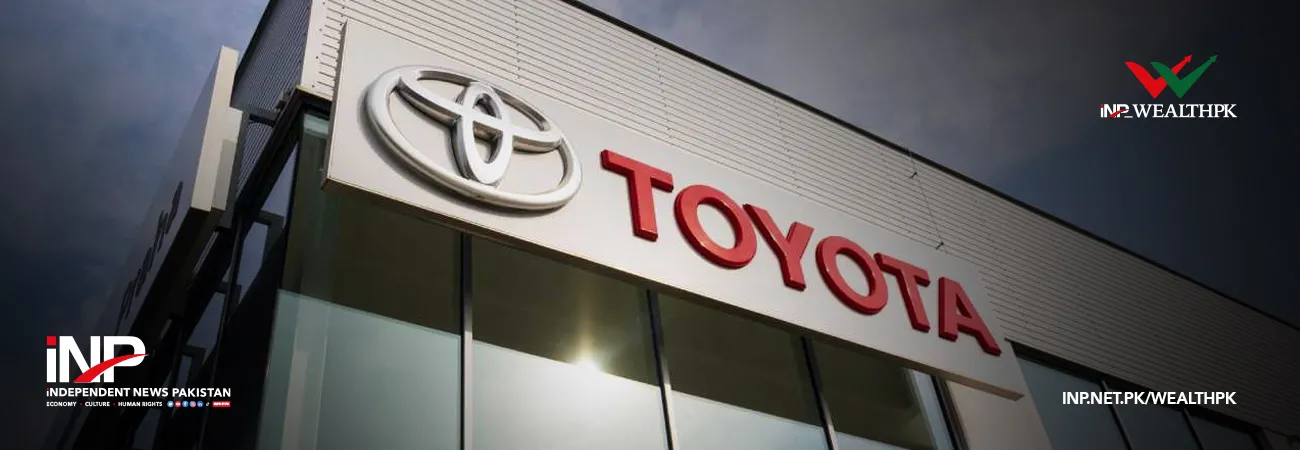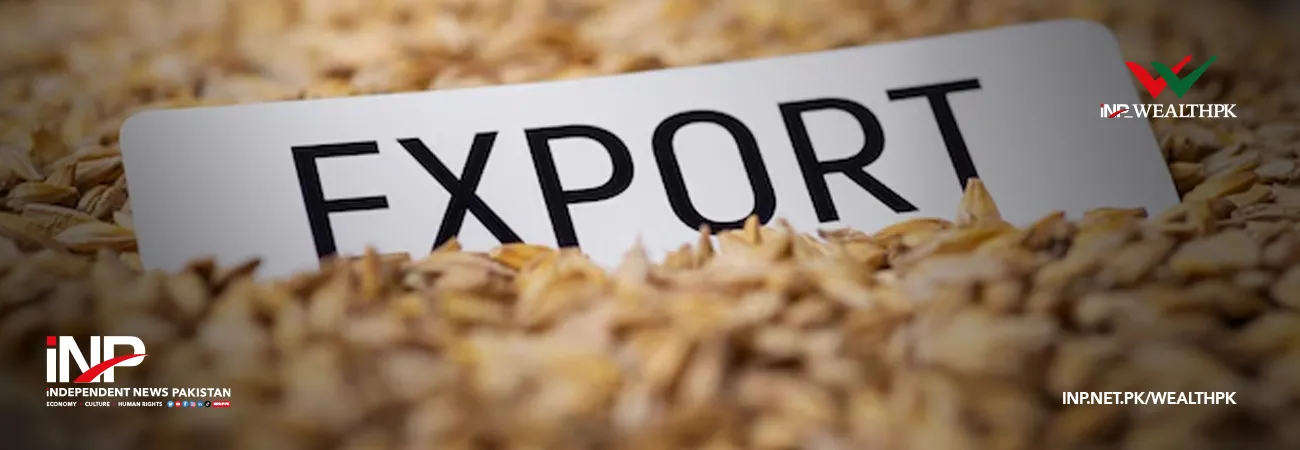INP-WealthPk
Ayesha Mudassar
Indus Motor Company Limited (INDU) achieved notable financial growth in the first quarter of the ongoing fiscal year 2024-25, driven by a combination of key factors such as increased localisation, currency stability, effective cost control measures, and an improved sales mix, reports WealthPK.

According to the results available with the Pakistan Stock Exchange (PSX), the company’s gross profit rose 69% year-on-year (YoY) to Rs5.5 billion in 1QFY25. The company's profit-before-tax increased by 70% to Rs8.2 billion, while its net profit grew 58% to Rs5.09 billion, during this quarter. Furthermore, the company posted earnings per share of Rs64.77. In addition, INDU’s top line grew by 27% to Rs41.6 billion in 1QFY25 compared to Rs32.6 billion in 1QFY24. On the expense front, distribution expenses escalated by 73% due to a paramount hike in warranty claims, elevated development expenditures, increased salary expenses, and a higher advertising and promotion budget.
Administrative expenses rose 9% in 1QFY25, driven by higher payroll costs resulting from inflationary pressures. The financial costs surged 98% from Rs31.1 million to Rs61.7 million. Implementing stringent fiscal discipline is essential to manage these rising finance costs and enhance operational efficiency. On the tax front, the company paid tax of Rs3.1 billion in 1QFY25, up from Rs1.6 billion in 1QFY24. Indus Motor Company was incorporated in Pakistan as a public limited company in December 1989 and started commercial production in May 1993. Registered on Pakistan Stock Exchange (PSX) with the symbol 'INDU', the company is the largest entity in the automobile assembler sector with a market capitalisation of Rs157.7 billion.
The company's primary activities include assembling, progressive manufacturing, and marketing Toyota vehicles in Pakistan. As of June 30, 2024, INDU had a total of 78.6 million shares outstanding, which were held by 4,109 shareholders. Foreign investors/companies held the majority stake of 77.5% in the company followed by associated companies, undertakings, and related parties holding 6.2%. Insurance companies accounted for 5.6% of the company's shares, while the general public held 5.4%. Around 2.2% of INDU’s shares were held by banks, development financial institutions, and non-banking financial institutions. The remaining shares were held by other categories of shareholders, each possessing less than 1% of the company’s equity.
Historical performance (FY20-24)
Indus Motors Company observed significant financial growth until FY22, followed by a decline in both sales and profitability in FY23 and FY24. In FY21, the company achieved an impressive 108% YoY sales growth, driven by the introduction of facelift models for the Corolla, Hilux, and Fortuner, as well as the wider acceptability of the Toyota Yaris. This led to a 152% YoY increase in the net profit, which reached Rs12.8 billion with an EPS of Rs163.21. In FY22, INDU posted a top line growth of 54% on account of higher sales volume of both Semi-Knocked Down (SKD) kits and Completely Knocked Down (CKD) units. Furthermore, the company experienced a 23% rise in the net profit, which stood at Rs15.8 billion with an EPS of Rs201.04.
After two consecutive years of sales growth, INDU recorded a 35% decline in FY23. This was due to higher duties and taxes, import restrictions, inflationary pressures, and the shrunken purchasing power of consumers. As a result, the net profit weakened by 39% to R9.6 billion with an EPS of Rs122.96. INDU experienced a 14% decline in its top line in FY24, primarily due to a significant drop in sales volume. Despite the decline in sales, the company's strategic focus on localisation, currency stability, and a favourable sales mix, along with strong other income, enabled it to achieve a 56% growth in the net profit. The company reported a net profit of Rs15.07 billion with an EPS of Rs191.76 during the year.
Credit: INP-WealthPk













